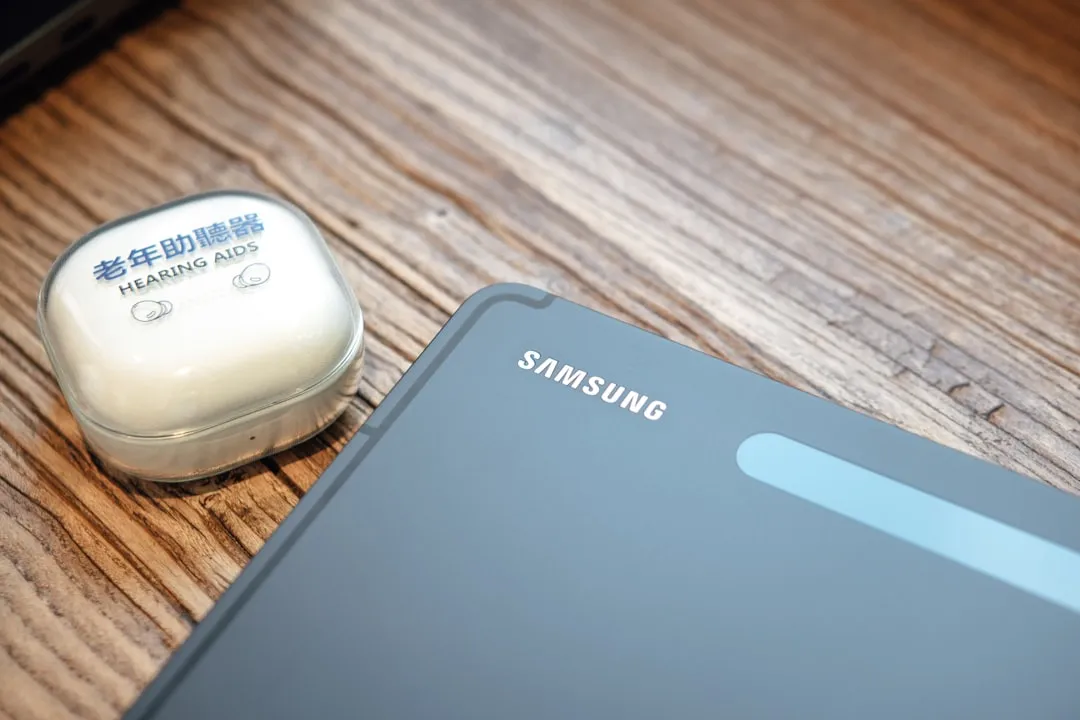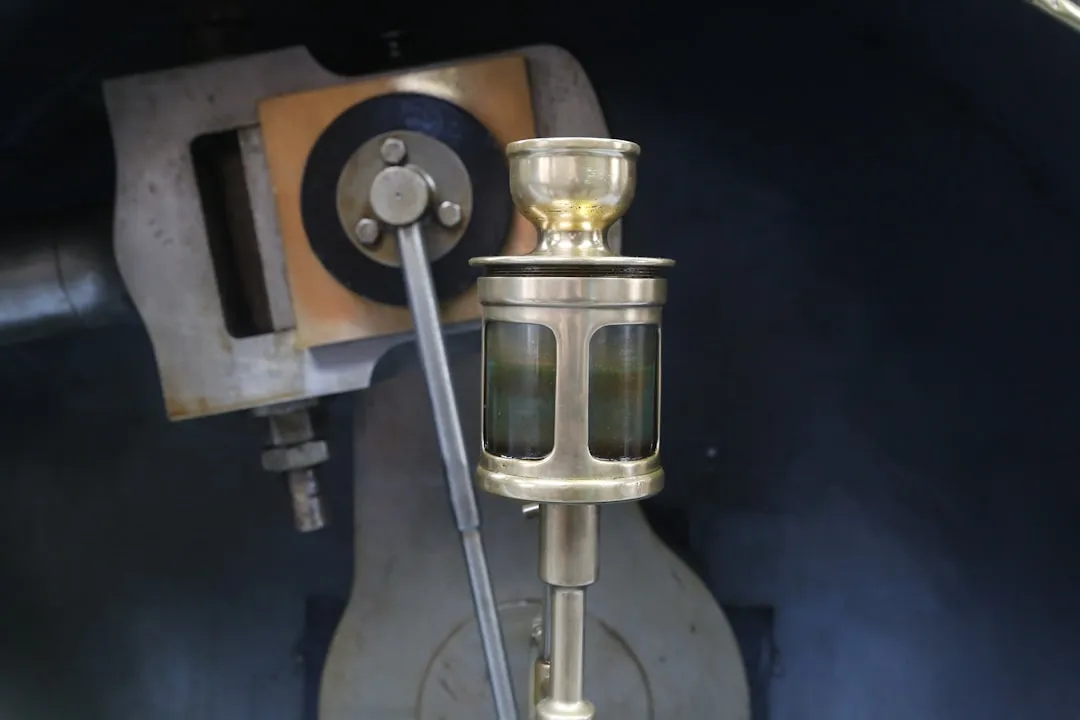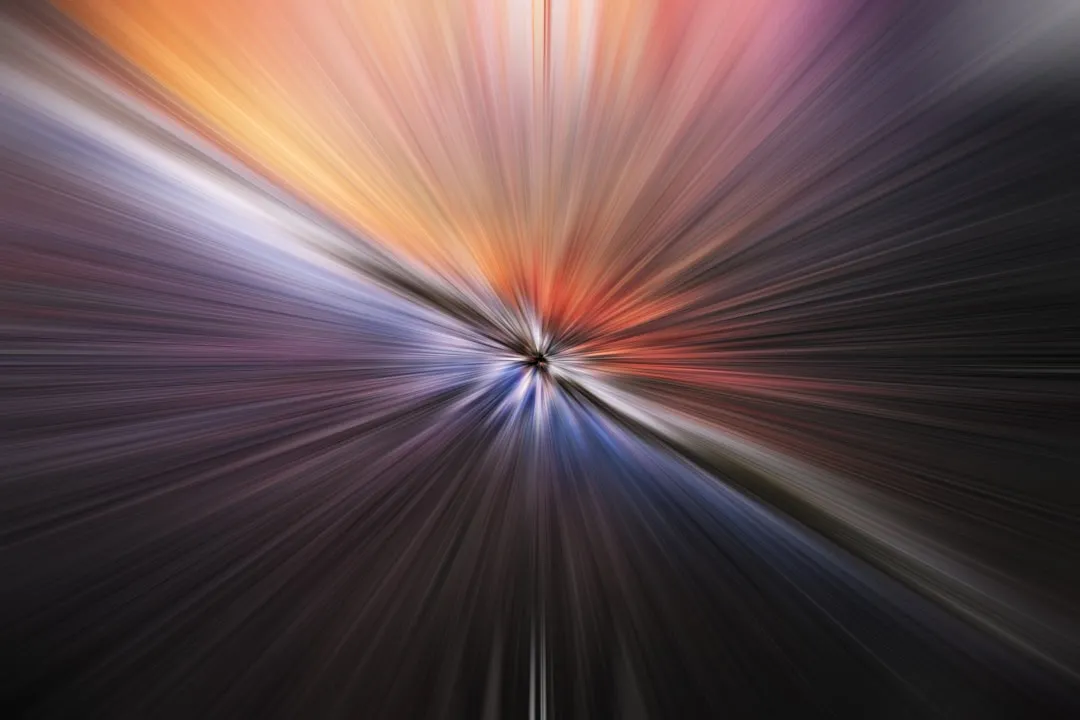The Unity 3D engine is not only responsible for facilitating the creation of 60% of AR and VR content but it also plays a significant role in producing the immersive stories that increasingly push the boundaries of cinema.
Some of these daring new immersive works will now be on display at the Sundance Film Festival, which takes place Jan. 23 through Feb. 2 in Park City, Utah.
While the majority of the creations at New Frontier Exhibitions, the nexus of art, film, and technology at the festival, will be on the virtual reality end of the reality spectrum, there will also be a few AR experiences on display as well.
"Time and again, creative visionaries find new ways to bring their stories to the audience of one of the world's premier film festivals, and Unity is proud to be the foundation on which these storytellers of tomorrow build their narratives and share their vision," said Lydia White, partner marketing manager at Unity, in a post on the company's website. "From fully immersive VR experiences to world-defying augmented reality, and adventures in 360 videos, these Sundance Film Festival exhibits challenge the way people interact with stories and defy the conventions of traditional media."
Lead artists Gilles Jobin, Camilo De Martino, Tristan Siodlak, and Susana Panadés Diaz built "Dance Trail," a mobile AR experience, using technology from A-LL Creative Technology.
"Dance Trail," which is an adaptation of Jobin's "VR-I", a 2018 entry at the festival, uses plane detection and marker-based tracking methods to place virtual dancers in the real world. At Sundance, markers planted throughout the host city trigger AR experiences for attendees. According to the app's website, location-based experiences for festivals and other events will be implemented as well.
Alas, the app is not available via the App Store or Google Play as of this writing. When it is, though, the beer coaster embedded below, when printed or scaled to 10 centimeters square, will serve as a marker-based trigger.
While mobile AR experiences may be widely familiar to many smartphone users, festival-goers will have opportunities to try an AR headset experiences as well.
For example, the Magic Leap One is being used to deliver an AR experience "Breathe," from Brazilian artist Diego Galafassi and production companies Fasad, Crimes of Curiosity, Phi Studio, and Fantomatico. The experience uses body movements to immerse participants into a story about the air around us.
There's a HoloLens exhibit as well. Filmmakers Antoine Viviani and Pierre-Alain Giraud worked with HoloForge Interactive to create Solastalgia.
The 30-minute experience takes place within an art installation measuring 500 meters squared and immerses participants (up to 12 at a time) in a post-apocalyptic landscape, with the HoloLens bringing holograms into the story.
If the relatively small number of AR versus VR exhibits gives observers a pause regarding the relevance of AR as a creative tool, Unity is making strides to help creators to strike a balance. Eighteen months ago, Unity previewed Project MARS, a development environment that simplifies the creation of AR experiences. Project MARS will finally land for Unity developers in 2020.
The Unity developer project, along with other tools like Adobe's Aero and Apple's Reality Composer, both of which are also aimed at non-developers, should help bring more AR art experiences to light in the coming years.
Cover image via Sundance




























Comments
Be the first, drop a comment!